Shivering so much that they cannot work: treating TB in the open air
We have also recently catalogued the records of the Berks and Bucks Joint Sanatorium Committee, 1919-1948 (J/SC). This committee (comprised of representatives from Berkshire and Buckinghamshire County Councils) took over running of the Peppard (also known as Maitland) Sanatorium for tuberculosis patients in Rotherfield Peppard, Oxfordshire. Pioneering female physician Dr Esther Carling, who had founded it in 1898, remained as the Resident Medical Officer and her husband was employed as Resident Superintendent.
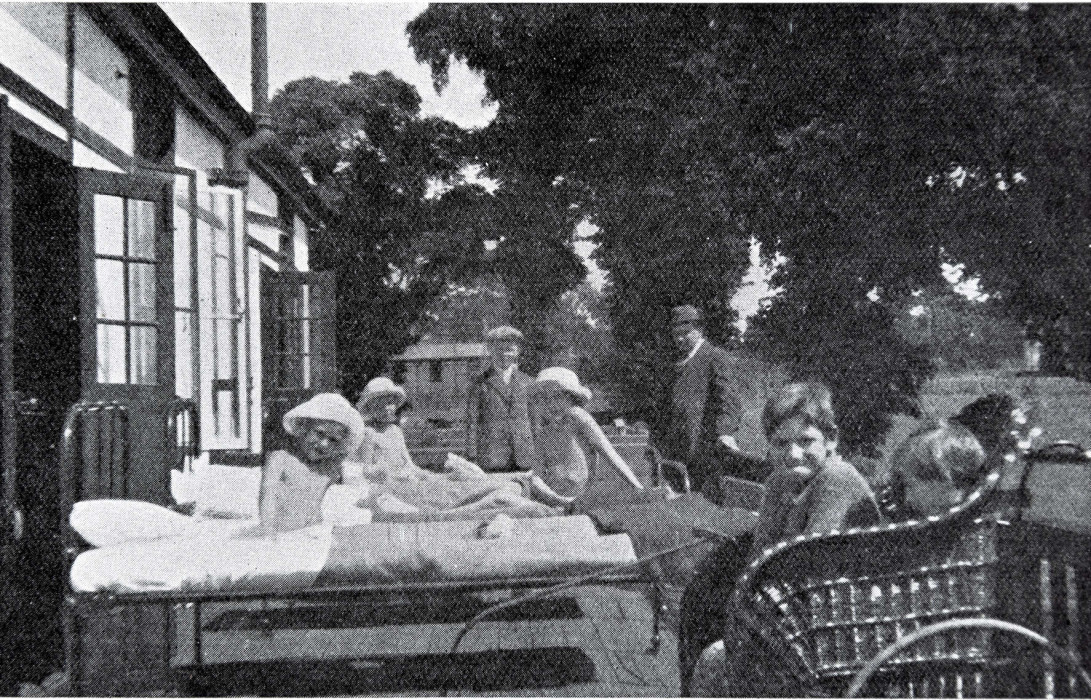
It occupied a number of different houses called Maitland, Kingwood and Kindercot (the latter being a residential open-air school for child patients), and specialised in open-air living which was thought to be healthier. This was not always the case, as noted in a report dated January 1915, which pointed out that the school-aged children's clothing was so inadequate for the weather that they ‘are sometimes so shivering they cannot work’. An associated School of Handicrafts provided occupational therapy for patients. Additional temporary buildings were transported from the wartime Canadian Red Cross Hospitals at Taplow, Buckinghamshire, and elsewhere, in 1919, and the main hospital was extended in 1919-1920. It became part of the National Health Service in 1948.
Medical care for the industrious poor
Additonal records for the Reading Dispensary Trust, 1931-2012, have been added to their fascinating archive (D/QRD). The Dispensary was established in 1802 to provide medical services (advice, treatment and medicine, and later vaccination) for the ‘industrious poor’ of Reading, principally at the Dispensary building in Chain Street. From 1870 the charity ran a Provident Scheme, members of which paid an annual subscription in return for medical care for themselves and their families, and care was provided free to the indigent (if nominated by a Governor or the minister of a church who made offerings to the charity). Services included midwifery, dentistry, vaccination, and eye and skin diseases. After the passing of the National Health Insurance Act 1911, the Borough of Reading Medical Society took over the operation of the service, which now covered all those whose employers paid National Insurance premiums. The Trust's Governors were still entitled to nominate poor persons for free treatment, and also made direct grants for medical treatment, nursing care, and medically required foods. The Provident Scheme also continued to operate for those not covered by the new Act.
The introduction of the Welfare State and establishment of the National Health Service in 1948 removed the need for the charity's direct medical provision. From this date it used its funds to make grants towards things not covered by the NHS, such as convalescent stays, medical boots, massage, etc. For the charity’s work today, in conjunction with the council and other charities please see their website.
Digital records
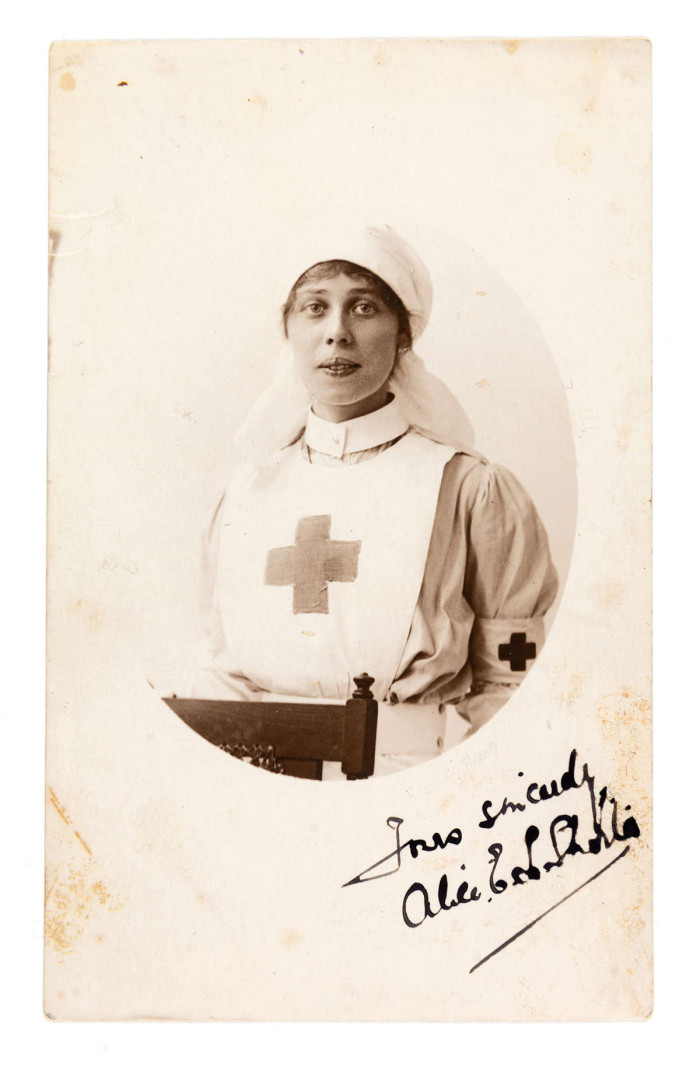
Our small but growing collection of digital records now includes the digital archives of Alice Hughes (née Shorter), 1909-1922, mainly relating to St Luke’s Auxiliary Hospital, Reading, where she was a VAD nurse during the First World War (D/EX2912). Please ask staff about arranging access to these prior to making a visit.
Maps across the ages
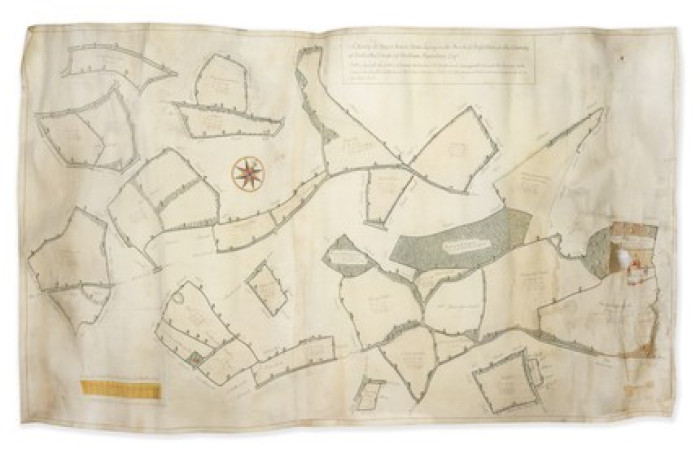
A grant from the Friends of the National Libraries enabled us to buy a lovely plan of Upper House Farm (now Hillfields Farm) in Basildon, dated 1733 (D/EZ218); it will need some conservation work before it can be made available in the searchroom.
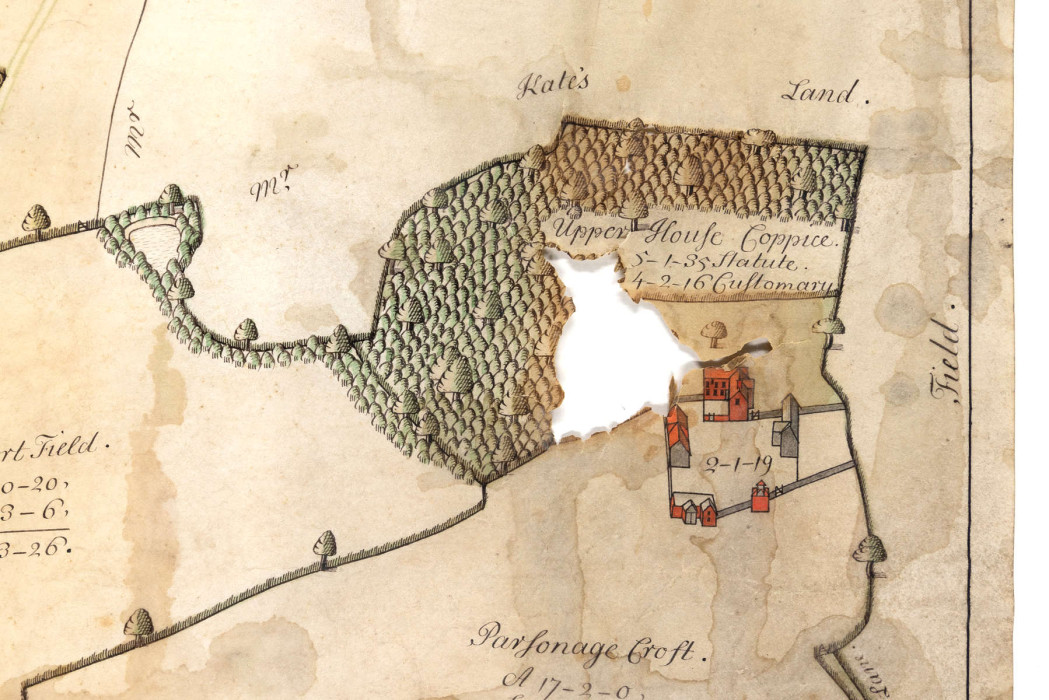
The highlight of a small collection of printed maps, prints and postcards relating to Reading and surrounding area, c.1720-2006 (D/EX2956) was a pair of pretty little strip maps from a road atlas showing the Bath Road from London to Reading and from Maidenhead to Bensington [Benson], Oxfordshire, c.1720. A nice view of Blagrave Hospital, Calcot, shows invalids resting on verandahs, c.1935. More unusual is a postcard with a view of a satirical (and clearly photoshopped) sign at Reading University, purporting to point to areas including 'Antisocial Sciences', 'Female Anatomy' and 'Mickey-Mouse Subjects', probably from the 1990s or 2000s – very much a product of its era.
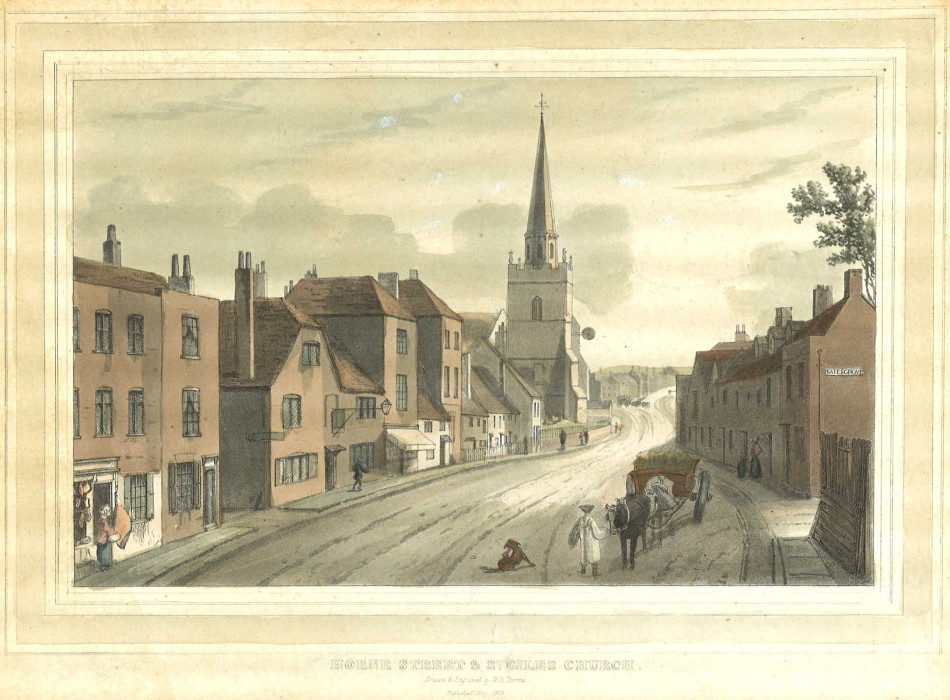
Up for sale
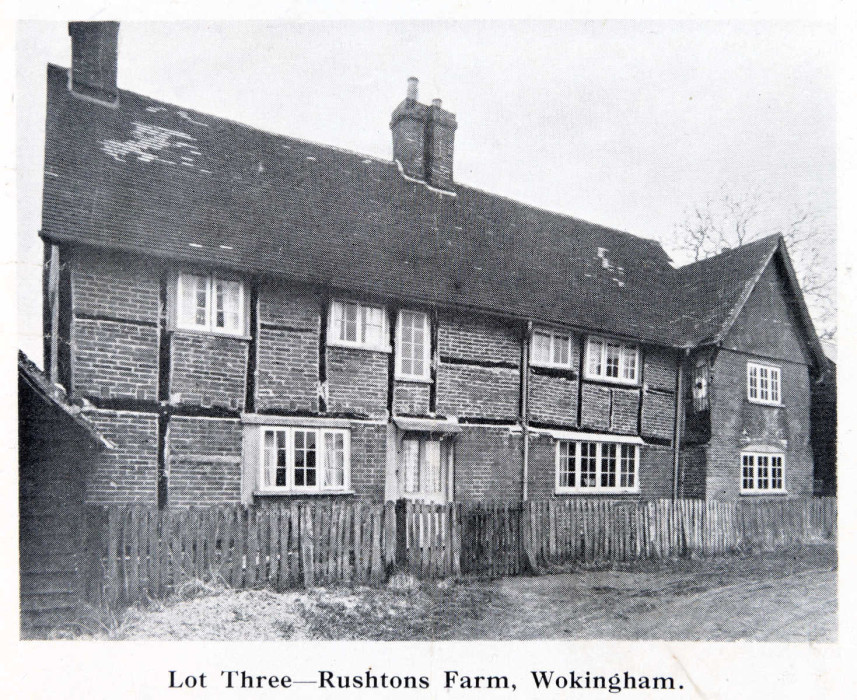
We have also been given the sale catalogue of part of the Wytham Estate in Cumnor, 1935 (D/EX2954); a sale catalogue for Dowles Green Farm, Rushtons Farm and Sawpit Cottage, Wokingham, 1947 (D/EX2873); sale particulars for Bartholomew Manor, Newbury, c.1993 (D/EX2742); and some very large sale posters for Cressingham Park and Park Cottages, Reading, 1924 (D/EX2830).
You can find out more about these records by searching our online catalogue. Simply enter the collection references given above in the Catalogue Reference field.
